General Health Care for Pet Birds
Health tips and advice for your feathered friends
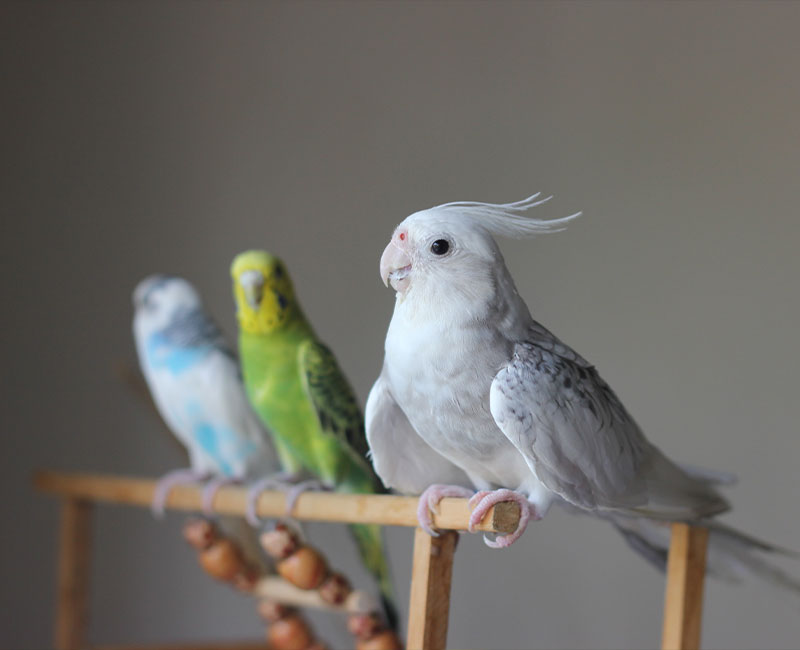
Healthy Diets for Pet Birds
The tradition of feeding seed-only diets to pet birds began years ago when wild birds were first caught and imported to our country. This was largely because of a profound lack of information and knowledge at that time about the nutritional requirements of birds and the content of seeds. Birds are particularly sensitive to nutritional deficiencies because they have a high metabolic rate. An animal’s metabolic rate indicates how many calories it burns to maintain itself. Birds are calorie furnaces, and on an inadequate diet they will quickly develop malnutrition and a compromised health status.
Fruits and vegetables are a must for a balanced diet; they provide many essential vitamins. Avoid feeding your bird any foods high in fat. Avocados are toxic to pet birds.
Many owners object to changing their birds’ diets because they have offered a variety of foods only to have them ignored or refused by their pets. Birds are creatures of habit and are highly suspicious of new foods. Count on taking a few months to get your bird use to a new diet.
Birds are equipped with a natural “storage tank” for food — the crop. Located in the breast area, the crop is an enlargement of the esophagus. The crop enables birds to “tank up” on food and have a steady supply for their digestive system for many hours. Birds in the wild use this storage system daily. They forage for food in the early hours of the morning and again late in the afternoon to avoid the heat of day. Owners can take advantage of the crop by twice-a-day feedings to produce healthier, more active and affectionate pets.
Feeding birds twice a day has many benefits. The primary benefit is that it creates a healthy appetite. A healthy appetite will stimulate your bird to try new, more nutritious foods. Birds that eat twice a day are also more active. Bird and owner will share the benefits of a closer bond because the bird will associate its owner with something positive—mealtime. Feeding twice a day will also help you monitor how much your pet is eating. A drop in food consumption can be a sign of illness.
In some situations, feeding a bird twice daily is not desirable. Sick birds, those laying eggs, nesting or caring for young should always have food in their dishes.
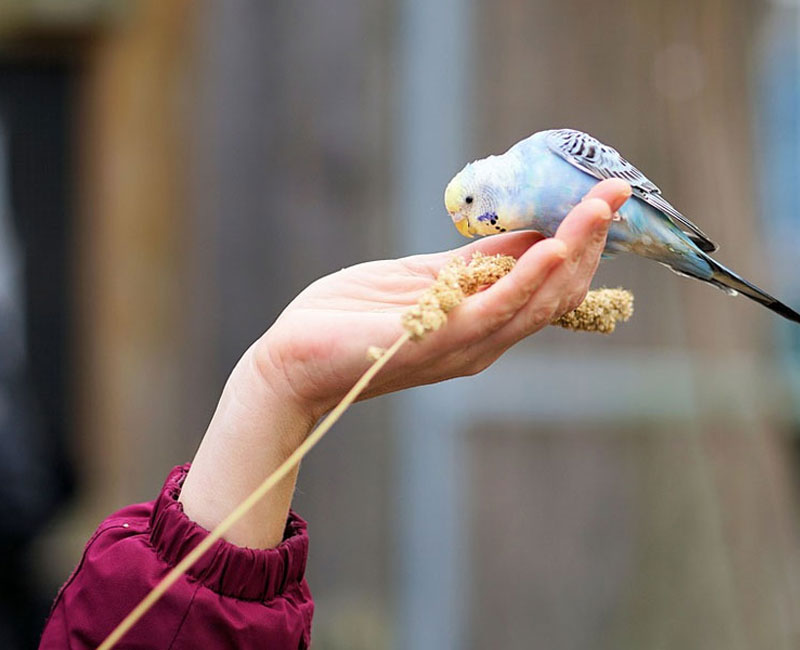
Toxic Foods

Caffeine

Mushrooms

Chocolate

Raw Dry Beans
(cooked beans are fine)

Alcohol

Tomato stems and leaves

Avocado

Salt

Onions

Fat

Garlic

Xylitol
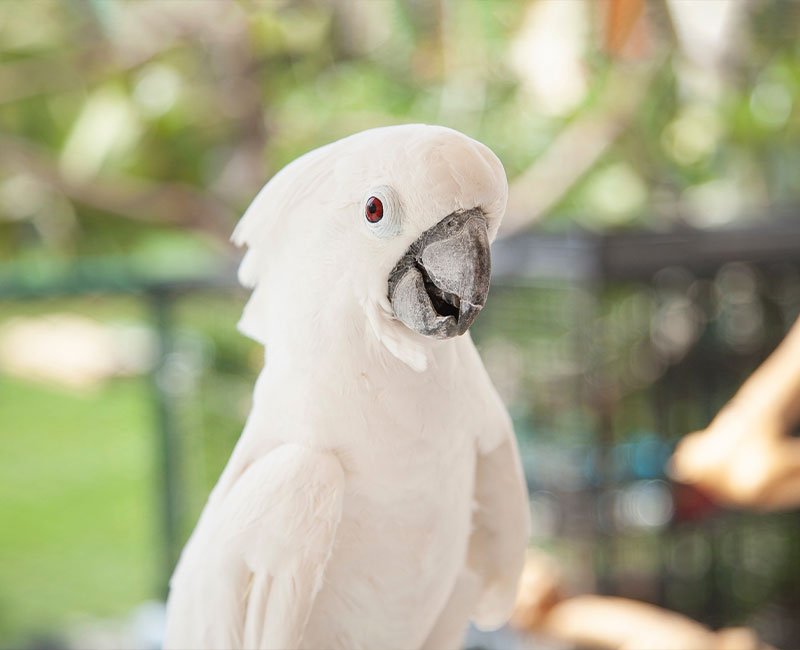
Wing and Nail Clipping
The decision to deny a caged bird free, unrestricted flight was unconsciously made by each bird owner at the time the bird was made a captive pet in the home. Wing clipping is merely a procedure that makes this confinement safer for the bird. We prefer that both wings be clipped so that the bird’s descent to the floor will be balanced and relatively controlled.
Beak and toenail trimming is extremely important. Since caged birds live in a human engineered environment, there is little if no irregularity in the surfaces with which they come in contact. Therefore, their beaks and claws have a tendency of overgrowing and becoming rough. This can create eating and perching problems in the long run. Most caged birds need their beaks and claws trimmed periodically depending on the species and the time of the season.
We DO NOT recommend using sandpaper covered perches. They do not prevent claw overgrowth, but instead cause irritation and excessive wear to the soles of the feet.
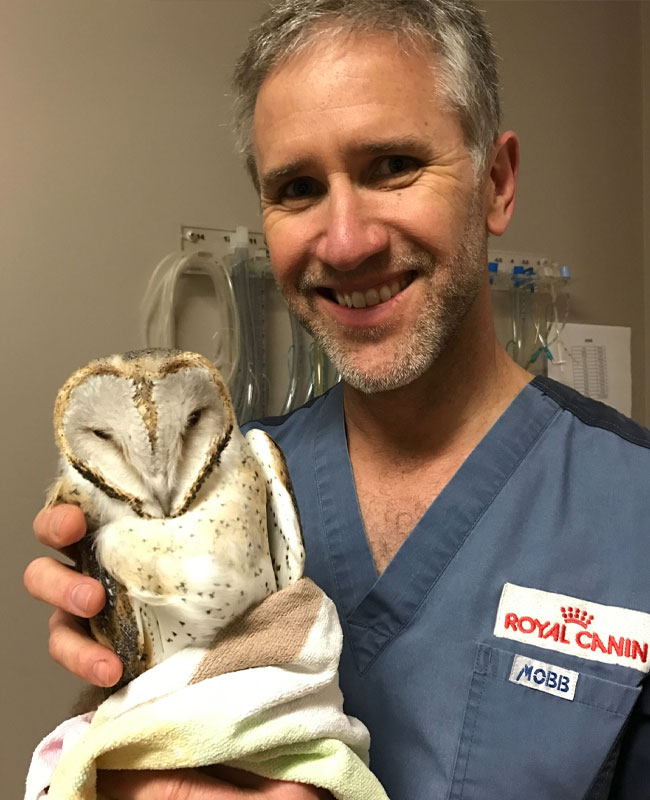
Parasites
Mites
Mites can cause severe irritation, restlessness and feather damage. They can lead to poor condition and weight loss. Different species are found like red mites, feather mites, epidermoptic mites and forage mites.
Scaly Leg and Face mites
Cnemidokoptes spp are the microscopic mites that cause rough scale formation on legs of canaries and chickens. They also affect the face of budgerigars and canaries and in severe cases, deform their beaks.
Air Sac mites
Lice
Giardia
Fleas
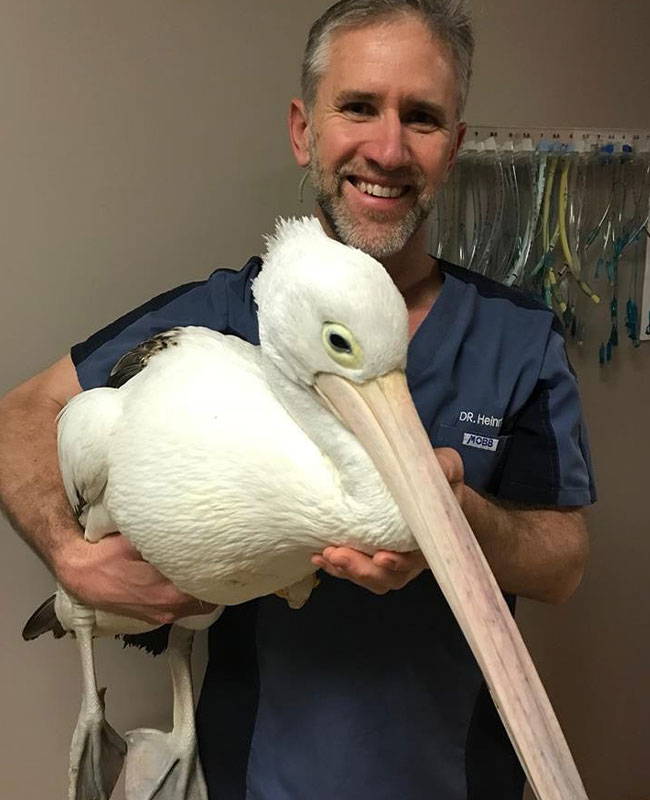
Surgery and Medicine
Call our team for any further information about caring for your pet birds. We’ll be happy to help!
Bird owners from all over Fremantle, Hilton, Hamilton Hill, O’Connor, White Gum Valley, Beaconsfield, Willagee, Samson, Coolbellup, Kardinya, Spearwood and Coogee have been coming to Hilton Vet Hospital for more than 30 years to receive exceptional service and care for their pets.
